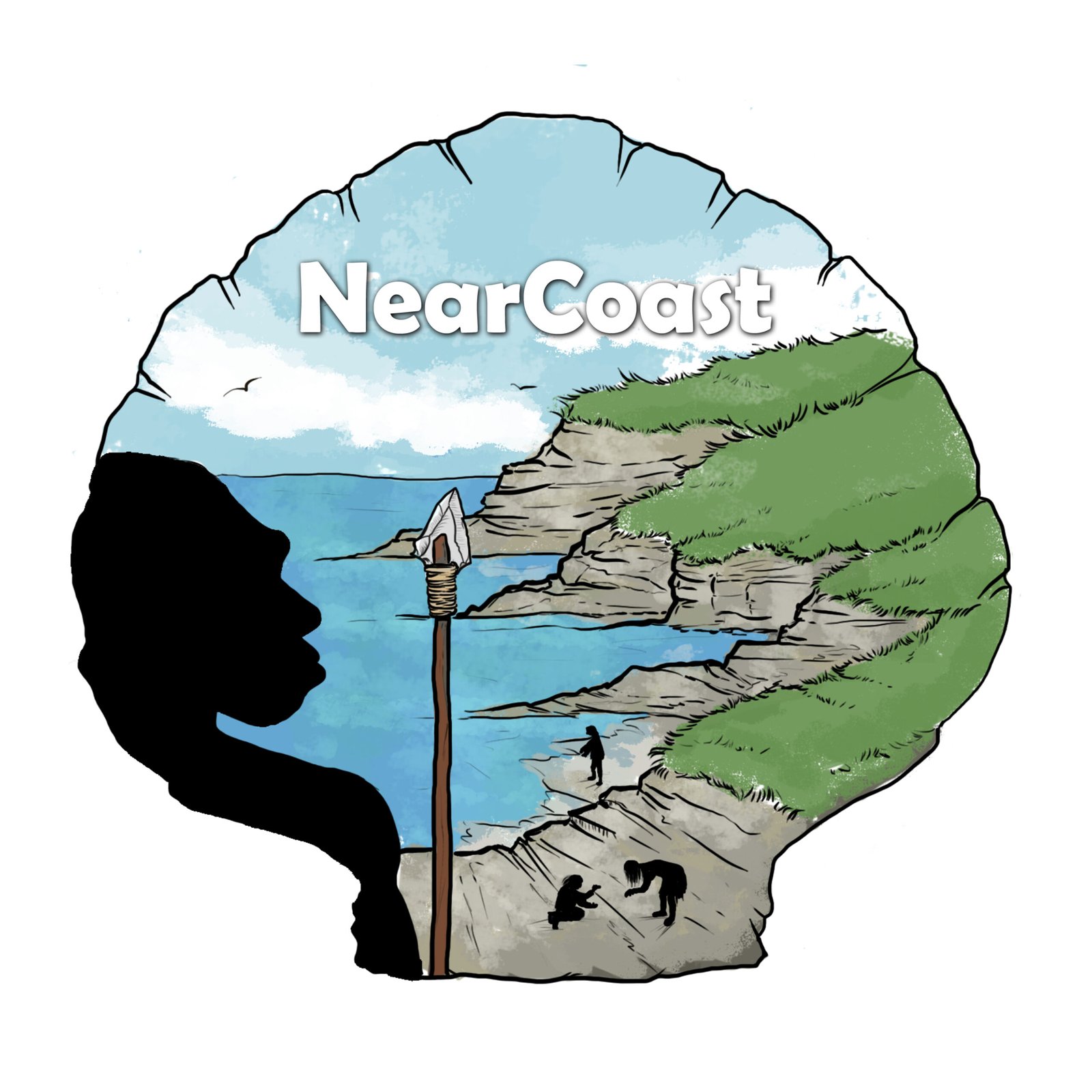Marine molluscs have been exploited by human societies since prehistoric times. Such practices have often resulted in large accumulations of shell remains in archaeological sites that offer unique information on biological, ecological and cultural aspects of human interaction with coastal systems in the past. In this study, stable oxygen isotope (δ18O) analysis was carried out on archaeological shells of Phorcus lineatus (da Costa, 1778) from the Mesolithic shell midden site of J3 (northern Iberian coast) to determine the seasonality of intertidal collection. The results indicate a consistent pattern of winter exploitation, supporting the emerging view that collections were governed by cost-benefit and management principles that are now widespread documented in other coastal Mesolithic sites in Europe. The consistent seasonal collections of P. lineatus during colder months can be taken as evidence of specie-specific management strategy to optimize yield while preserving local populations for future exploitation. Our results reinforce the view that European hunter-gatherers developed ecological knowledge on specific animal resources that persisted over large geographic areas. Additionally, from a palaeoenvironmental perspective, the sea surface temperatures (SST) inferred from δ18O values derived from mollusc shells (SSTδ18O) indicate that coastal marine waters during the Early Holocene in the southern Bay of Biscay were warmer than those observed today. These environmental conditions are evaluated in relation to changes in insolation and ocean currents over time.


